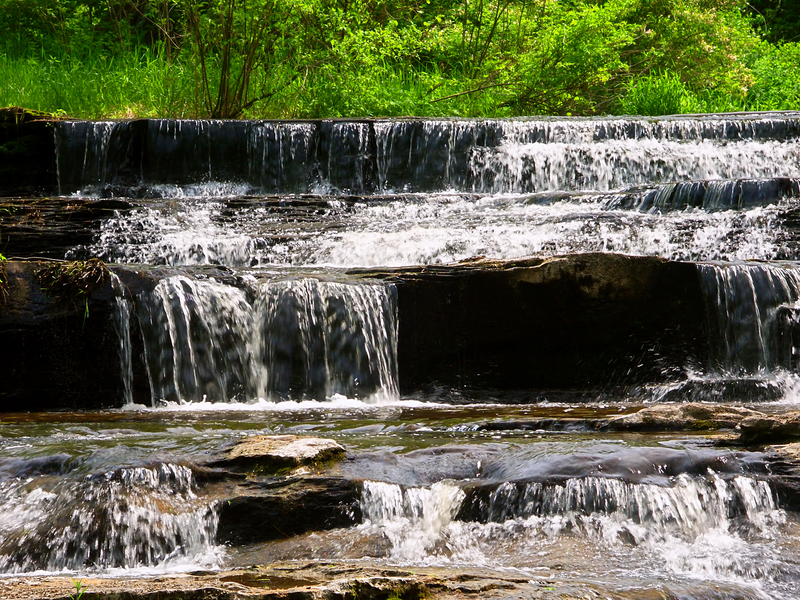Hydrologic Engineering Requirements for Reservoirs - Part 2

This online engineering PDH course provides information on the hydrologic engineering investigations for the planning and design of reservoir projects.
Part 2 presents hydrologic data and various analytical methods.
Hydrologic analysis is used to simulate the hydrological process, study the hydrological characteristics and forecast the surface hydrological situation by establishing the water system model. The analysis helps in determining the scope of the flood, showing the runoff pollution sources, and predicting geomorphological change on runoff. Hydrologic analysis is widely used in regional planning, agriculture, disaster prediction, and many other fields and industries.
This 6 PDH online course is applicable to civil and environmental engineers who are interested in expanding their knowledge on the hydrologic engineering considerations for the planning and design of reservoir projects.
This PE continuing education course is intended to provide you with the following specific knowledge and skills:
- Familiarizing with hydrologic engineering data including meteorological, topographic, and streamflow data
- Understanding the flood hydrograph analysis
- Understanding the hydrologic frequency determinations
- Learning about hypothetical and land acquisition floods
- Learning about water profiles, steady and unsteady flow analysis, and multidimensional analysis
- Gaining an overview of reservoir sediment analysis as well as sediment water quality and investigations
Upon successful completion of the quiz, print your Certificate of Completion instantly. (Note: if you are paying by check or money order, you will be able to print it after we receive your payment.) For your convenience, we will also email it to you. Please note that you can log in to your account at any time to access and print your Certificate of Completion.